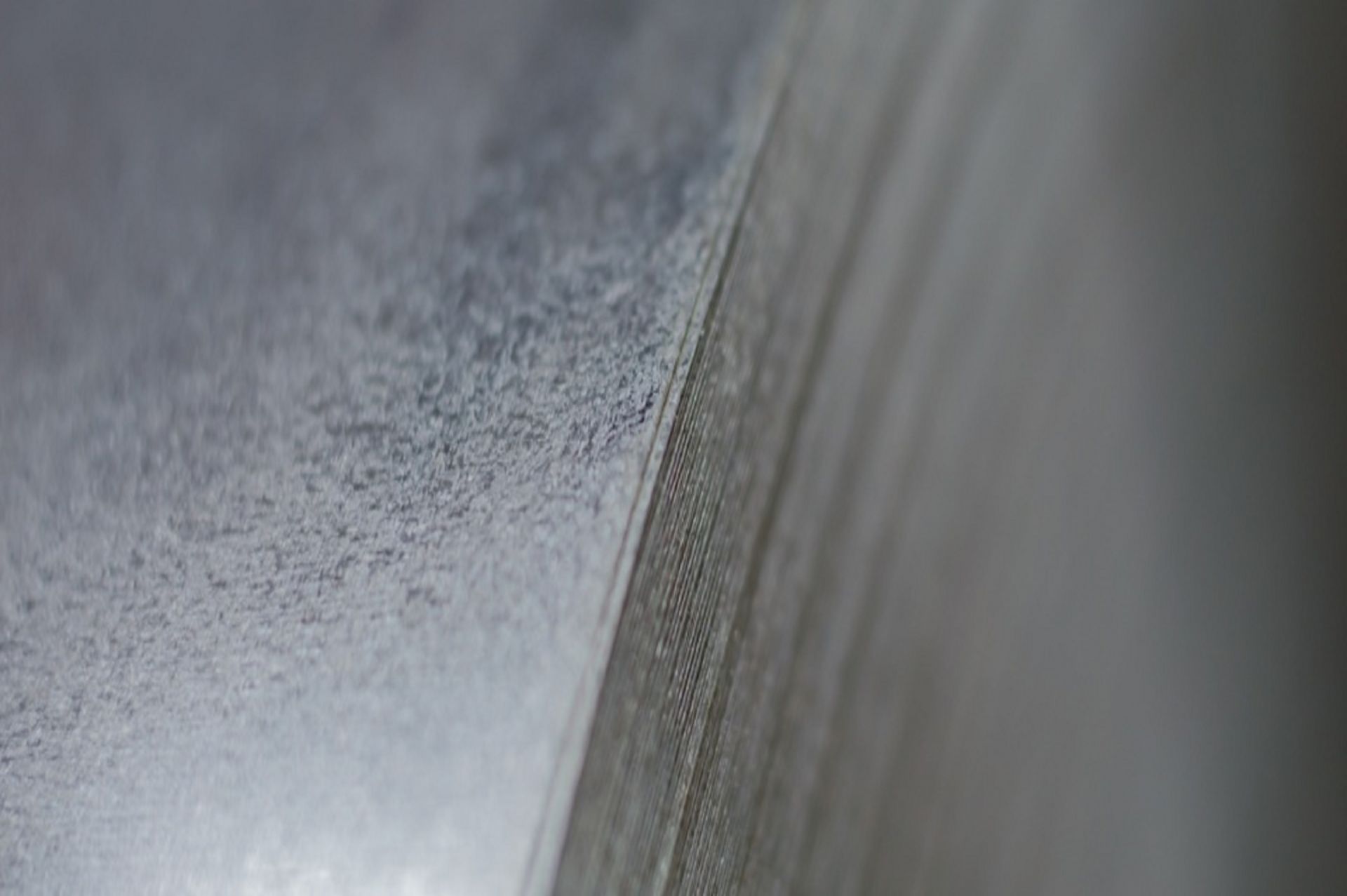Look around you. You live in a world that contains raw materials that are formed and produced into the products you use and the homes you live in. One of the most widely available metals in the world is aluminum. It is the second most abundant element in the environment as we use it in industries such as aerospace, transportation, building construction, and manufacturing.
The reason that aluminum is so widely used is due to its malleability. It is a soft metal that is corrosion resistant while having a low density. It can be cast in a wide range of products from aluminum cans to cooking utensils. Aluminum is considered a master alloy and can be easily combined with other elements. It is used during castings, such as die casting or gravity casting, as aluminum can be melted in a variety of ways.
When used in castings, aluminum’s key aspects of malleability and machinability can be increased through the process of grain refinement. This process involves adjusting the microstructure of aluminum by using a variety of methods.
What is Grain Refinement?
Grain refinement allows for the strengthening of the aluminum so the metal has better mechanical properties. The aluminum will have an enhanced surface finish, increased tear resistance, and have a better response to thermal resistance. The aluminum also will have better feed capabilities.
When seeking an enhanced microstructure for aluminum, you want a finer equiaxed grain. With a finer and smaller grain, the aluminum has better castability and lower density that is desired when creating components and systems in the aerospace and automotive industries. In addition, intermetallic particles that are insoluble will also have a finer structure that will be spread evenly throughout the aluminum material. The particles will have less of a detrimental effect on aluminum during feeding processes.
Grain Refinement Methods
There are several different methods for achieving the desired fine equiaxed grain in aluminum. Thermal refinement involves controlling the cooling rate of melted aluminum. Promoting a rapid cooling rate while varying the solidification process allows for the desired fine equiaxed microstructure. You can also use a mechanical method where the melted aluminum is agitated during the solidification phase. Special devices using electromagnetic, ultrasonic and mechanical stirrers are placed into the aluminum when it is in a semisolid state.
A third method to grain refinement is the use of master alloys as grain size refiners in a chemical process. Master alloys promote nucleation as inoculation is a common type of chemical grain refinement method. The most common master alloys added into aluminum is a mixture of titanium and boron, or titanium may be added by itself. All types of aluminum alloys respond well to chemical grain size refiners. When using the chemical method to obtain the desired results, the amount, form, size and quantity of master alloys must be controlled.
Master alloys provided by Belmont Metals include aluminum in ingot, slab, waffle and lump form as well as boron and titanium. There are many advantages of using this aluminum in castings and seeking out the chemical method to induce grain refinement. This process will allow you to have an aluminum material with improved machinability and other capabilities.
The increased mechanical properties of aluminum during the casting process can be a huge benefit to a range of different industries. With the addition of other master alloy elements, you obtain a superior metal that can be used in a range of components and systems when it solidifies. Consult our specialized technicians for additional information about our master alloys such as aluminum, titanium and boron based on your desired applications.

